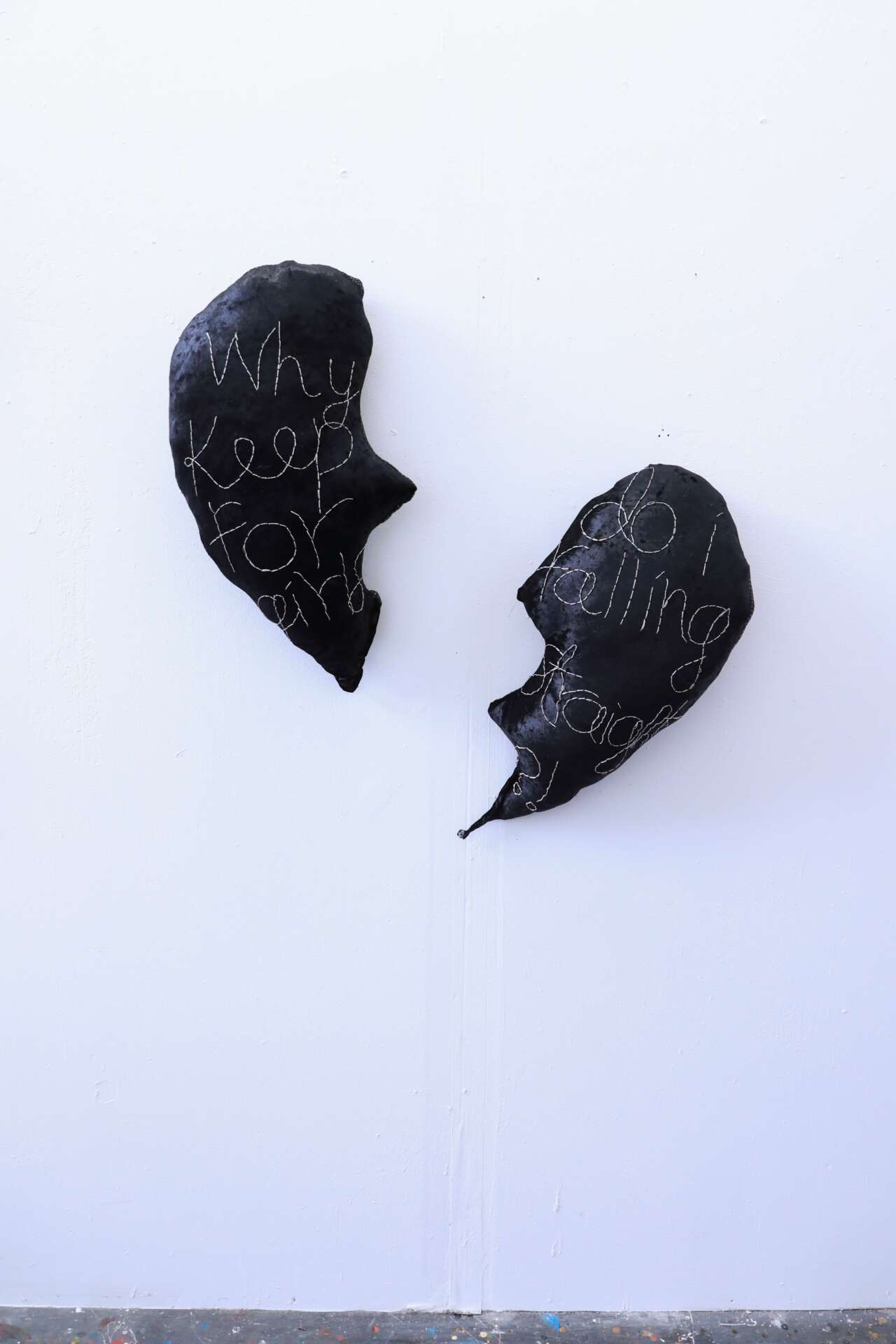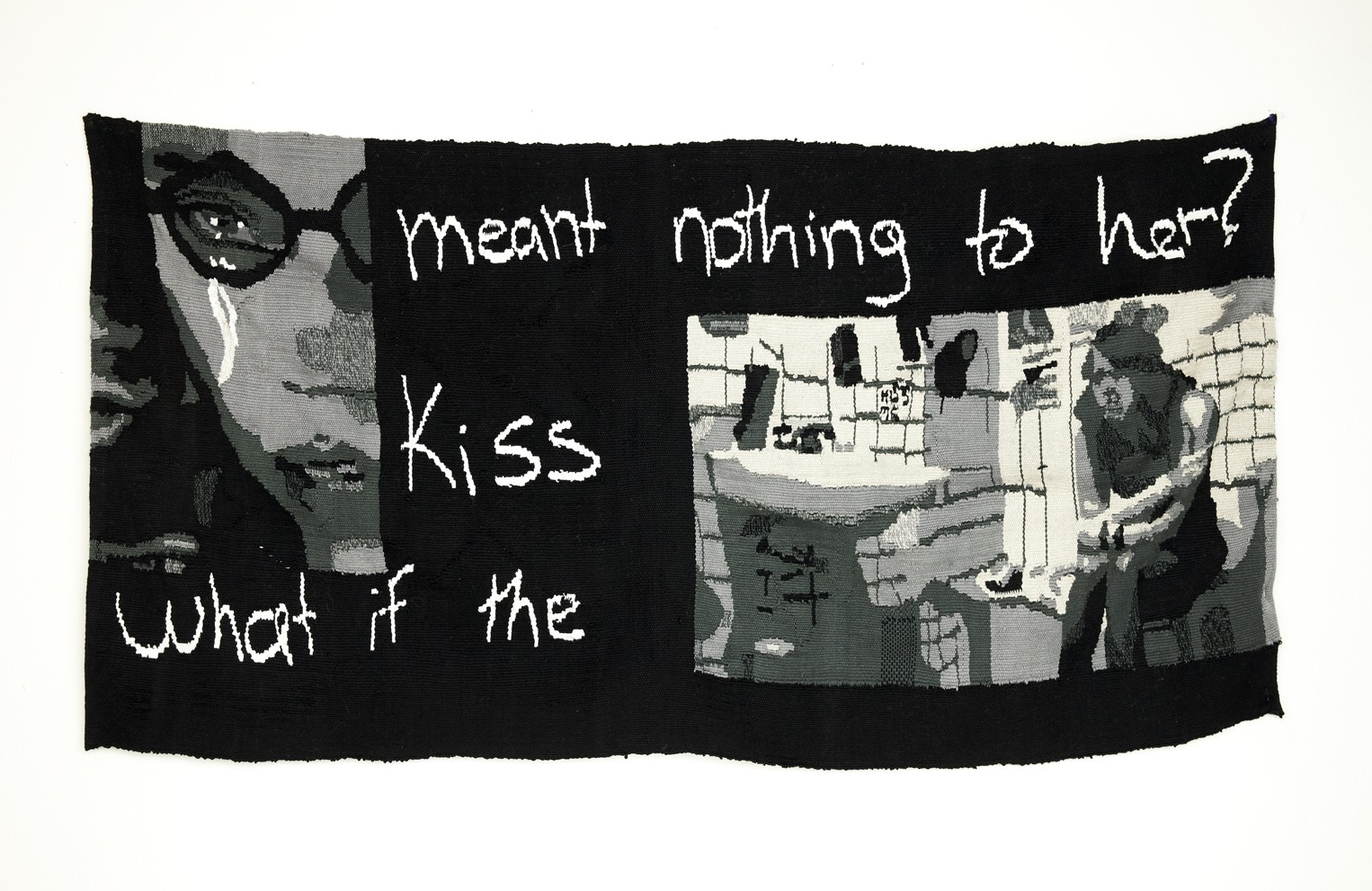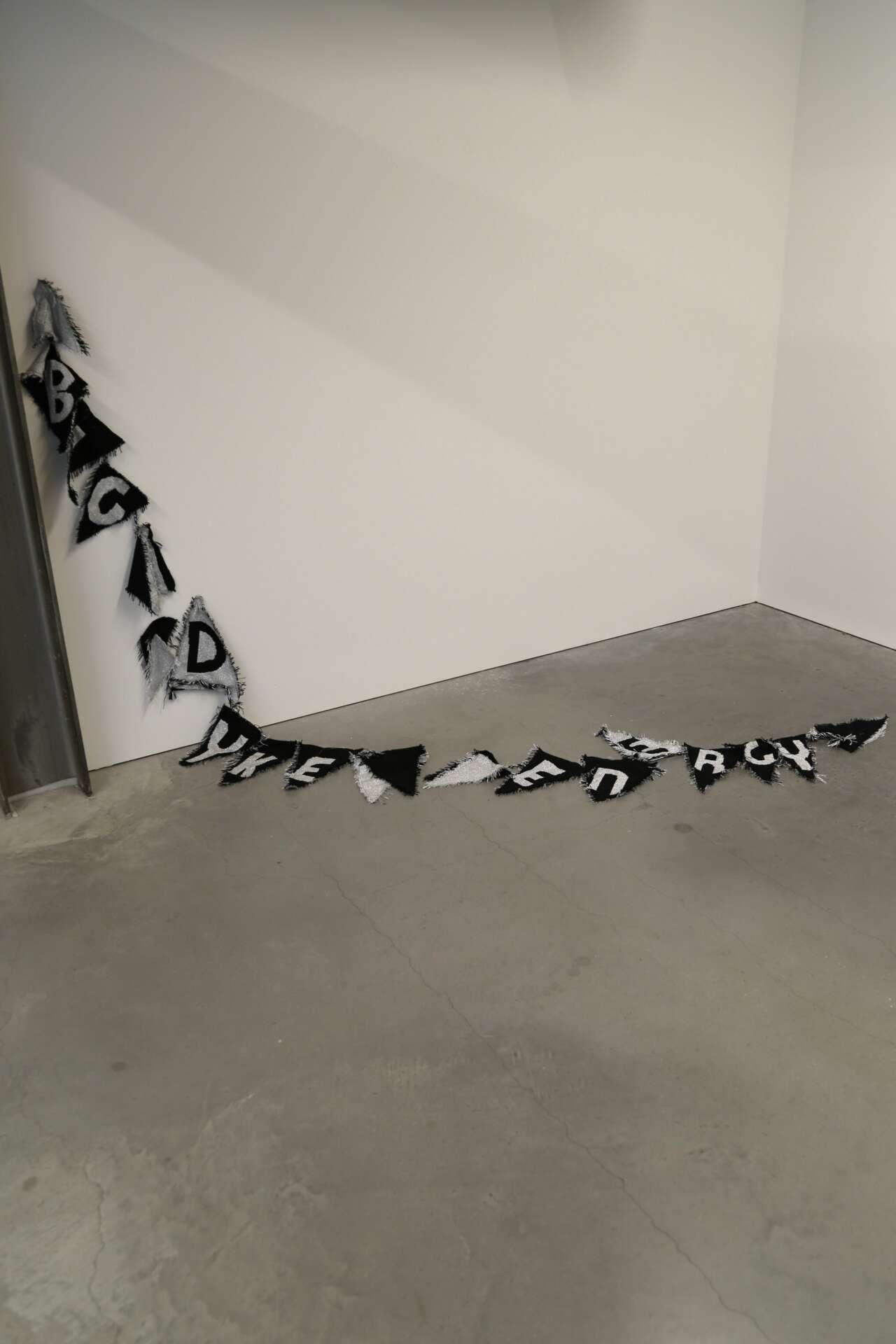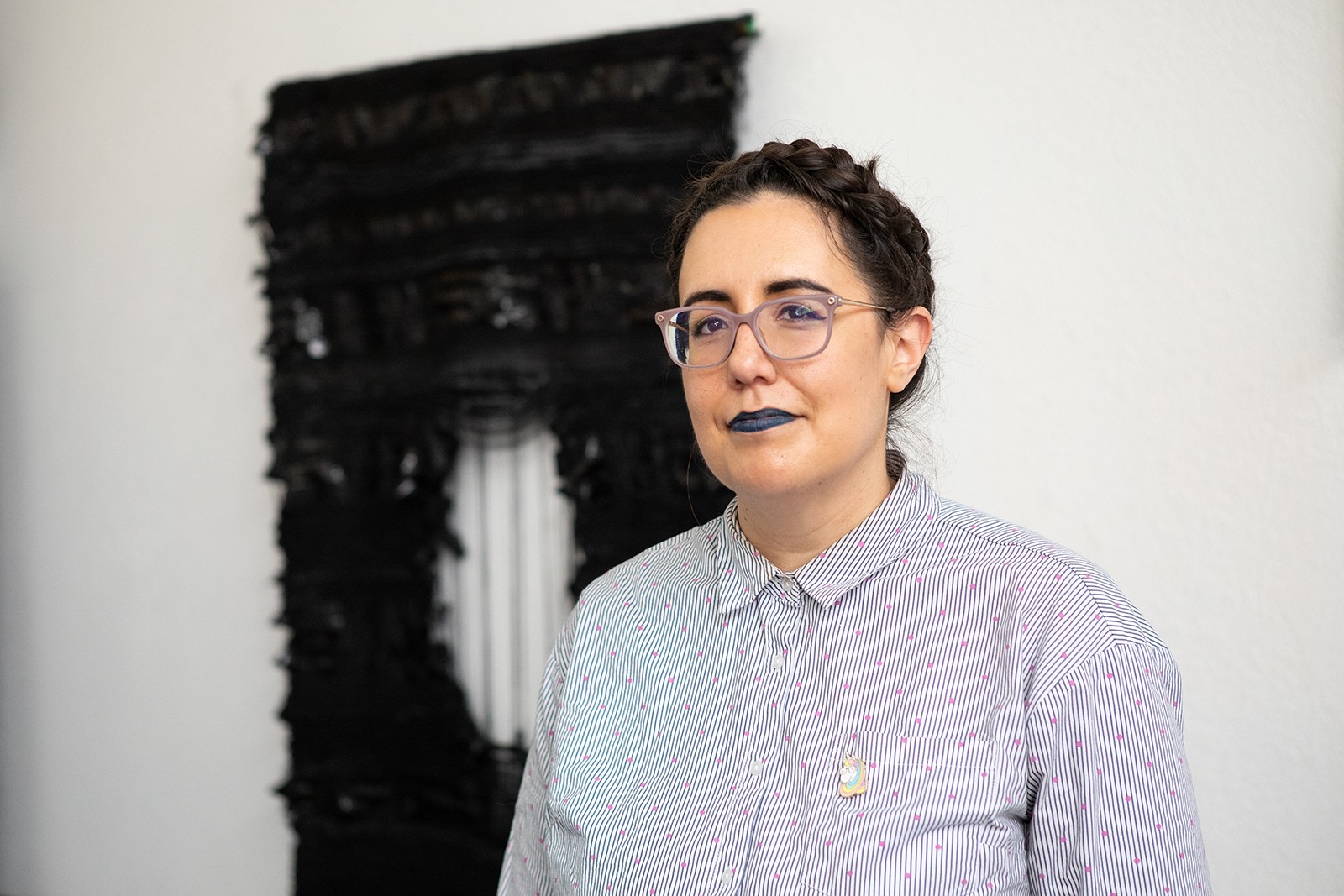We were lucky to catch up with Dani Lopez recently and have shared our conversation below.
Dani , thanks for joining us, excited to have you contributing your stories and insights. What do you think matters most in terms of achieving success?
In the art world, success is dependent on who you’re talking to. Success for me, within an art practice, is dedicating your life to your craft, developing your own voice, and being a part of whichever community you align yourself with. Artists (including myself) deal with rejection on an ongoing basis. At times it’s easy, other times it’s hard, the most important thing is to keep moving forward. When talking to mentors or colleagues, we often bond over the times we didn’t get that opportunity or how we were a semi-finalist but didn’t move forward. These rejections are not specific to being an artist, but the larger lesson is how to stay focused, how to not internalize that rejection, and realize that failure means you tried.


Dani , love having you share your insights with us. Before we ask you more questions, maybe you can take a moment to introduce yourself to our readers who might have missed our earlier conversations?
I came to my art practice a little later in life. I was a non-traditional, first-generation student who went to college in my late 20s. I discovered weaving at the end of my undergraduate studies and felt that I finally found “my thing”. Weaving made sense to me in a way that drawing and painting (what my BFA is in) never did. At that point in my studies, I completely shifted to weaving and working within textile processes. I then went to graduate school in the Bay Area and I’ve stayed here because of the opportunities that still come to me, because of the community I’ve built here. Whether it’s teaching opportunities, exhibition opportunities, or continuing to meet fellow artists, the Bay Area has continued to be a place where I have grown and thrived.
My studio practice is focused on research (a.k.a. me-search) surrounding queer culture and history, queer women, and coming-of-age narratives. As someone who came out later in life (in my early 30s), my practice serves as a place where I can work out my frustration, grief, and sadness around being in the closet for so long. It’s also a place for me to play, experiment, and “be loud” in a way that I’m not in my day to day life. Weaving is the center of my art practice while embroidery, textile sculpture, and applique round out the rest of the works I make.
My most recent accomplishments include receiving two artist grants in 2022 and attending my first residency on a full fellowship this past January. My work will be included in the Queer Threads exhibition at the San Jose Museum of Quilts and Textiles over the summer. I’m looking forward to a summer in the studio and building on my larger projects “3 Dykes Walk into a Bar…”.


What do you find most rewarding about being a creative?
Being in the studio. There’s a lot of magic in the studio practice and I try to ground myself in that on a regular basis. Special moments arise and these are the things that keep the work moving forward. Experimentation, thinking about a large project that unfolds over years, and learning new processes help to keep things feeling fresh in the studio.
Also, living as an artist is not just a career, it’s a philosophy, a way of being in the world. I love connecting with other artists and talking about what it means to be an artist and how to balance it all. The day job, the studio practice, a partner, friends, family, and living in a big, expensive city. There is no secret to doing all of that, but the sense of camaraderie and the willingness to share what has worked and what hasn’t with another artist is extremely rewarding to me. I also love recommending my colleagues for opportunities, because my mentors have helped to open doors for me along the way, I love being able to do it for others.


Let’s talk about resilience next – do you have a story you can share with us?
I come from a working-class family and I wasn’t expected to go to college. I often tell people, I’m not really sure how I ended up being an artist with an MFA who has taught at a college level. I dropped out of high school so there are still moments where I catch myself looking at my life, my successes, and my growth and am still surprised. But the reality is that I did all of that. With the encouragement of a good friend, I started to look into going back to school in my late 20s. I then moved away from the small town I was afraid I’d never escape. I then finished my BFA and was worried, what if I don’t get into a good grad school and move away from Oregon? I was worried I’d never end up living in a big city, which was a dream of mine ever since I was a teenager. Thankfully, I got a decent scholarship to my dream school and that led me to Oakland. Looking back, I was always doing the work, but I definitely worried much more than I should have. Now I look at my life and my accomplishments and have been shown that when I need things to happen, they usually happen. Because I’ve done the work. I was only able to receive multiple grants and attend a residency because I’ve applied to countless grants and residencies for years. My proposals got better and tighter after each rejection. I would let myself sulk for a day or two, then I had to find more opportunities to apply to in order to keep myself focused on what I could control. I would vent to fellow artist friends and we’d console each other, before motivating each other to make sure they apply to that fellowship or invite some arts professionals into their studio for visits. I’m always shifting from a micro lens to a macro lens. I’m focused on what I can do today for the studio practice to continue to succeed over the years.


Contact Info:
- Instagram: @dani___lopez___
- Other: www.danilopez.us


